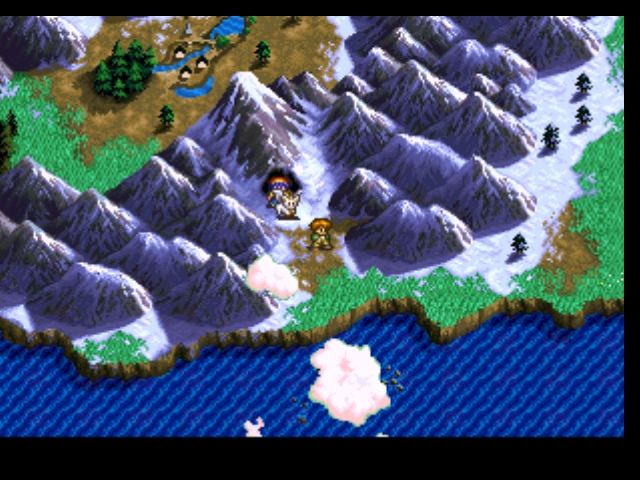

The team calibrated the data to quantify the amount of hydrogen by the corresponding decrease of neutrons measured by the Neutron Spectrometer, one of five instruments mounted on Lunar Prospector to complete gravitational and compositional maps of the Moon. So when we see a fewer number of neutrons moving about, it's an indication hydrogen is present." Similarly, when a neutron comes in contact with hydrogen, it dies and stops moving, and the hydrogen is sent into motion. "When you hit a billiard ball with your cue ball, the cue ball stops moving and the billiard ball is pushed into motion, because both objects have the same mass. "Imagine you're playing a game of pool and the cue ball represents neutrons and the billiard balls represent hydrogen," explained Lawrence. Scientists are able to identify an element and determine where and how much of it exists by studying the motion of those protons and neutrons. When those cosmic rays come into contact with the surface of a planet, or a moon, they break apart atoms located on those bodies, sending protons and neutrons flying. When a star explodes, it releases cosmic rays, or high-energy protons and neutrons that move through space at nearly the speed of light.


The probe, which was deployed by NASA in 1998, orbited the Moon for a year and a half and sent back the first direct evidence of enhanced hydrogen at the lunar poles, before impacting the lunar surface. APL's David Lawrence, Patrick Peplowski and Jack Wilson, along with Rick Elphic from NASA Ames Research Center, used orbital neutron data from the Lunar Prospector mission to build their map.


 0 kommentar(er)
0 kommentar(er)
